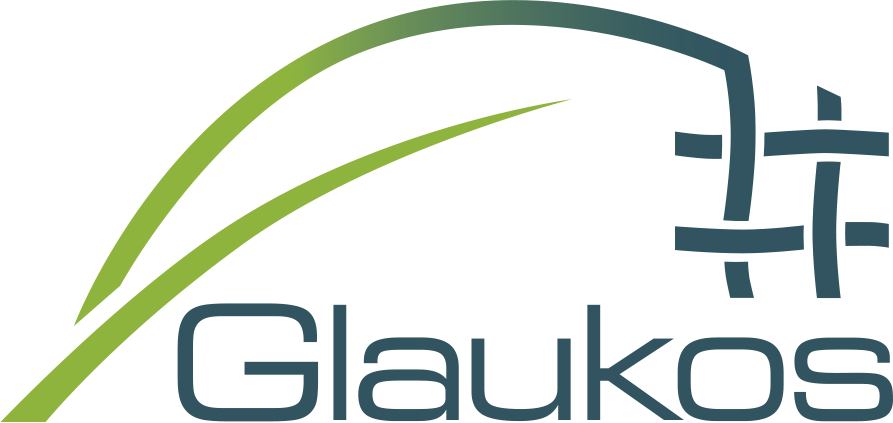 |
Market study on potential application of bio-based yarns for Fishing Ropes/nets and Agricultural application
(Q4 2020)
Plastics are frequently associated with “single use”, each time referring to consumer use of bottles, straws, lids, cups, cutlery, plates, etc. Obviously their use is much larger than that, both in consumer and in industrial applications. And even though plastic must be one of the most useful and widespread used material, offering a multiple of advantages to all users in its value-chain, it nevertheless remains intrinsically an unbreakable substance, thus requesting an environmentally responsible use of it.
That’s where, in the beginning of the lifecycle of plastic materials, manufacturers of all kinds of plastic-based goods need to reflect on the wheres, whys, hows and whens their final products are used in the world. Obviously, before getting to alternative solutions, significantly improving the use of those said plastics, one needs to draw the picture of how its market is organized, how is it quantified and how it can be fine-tuned. Ropes and nets, both in marine and in land applications, are one of the items the Single Use Plastics Directive targets as a “stakeholder”. Eurocord, as the European Association of Synthetic Fiber Ropes and Nets manufacturing businesses, hereby focuses on an attempt to describe its market, its dynamics and its potential for contributing to a solution, to be implemented by sovereign bodies and respected actively by the end-users. The information in the “Market study on potential application of bio-based yarns for Fishing Ropes/nets and Agricultural application” is meant to support the further work in the development of this bio-based strong material, thus helping reduce the environmental impact of its main products.
|
 |
Market Study on Materials Used in the Textile and Sport Industry
(Q2 2021)
Getting to know the basic information of fiber production and its implementation in the clothing market is of high importance as it builds a starting point for directing the research plan in an effective way. One of the scheduled background activities in the project’s framework was to conduct a research market study focusing on the past, present and future use of clothing fibers of different types. For that, the Association of the German Sporting Goods Industry (BSI), representing the interests of the German sport articles manufacturers, has provided an overview of the worldwide fibers’ production and has conducted a qualitative survey of the use of fiber materials in cooperation with some BSI members that play a leading role in the sport clothing and shoes sector. The information provided by the industry offers a special focus on the performance characteristics needed for developing biobased and recycled fiber materials.
|
